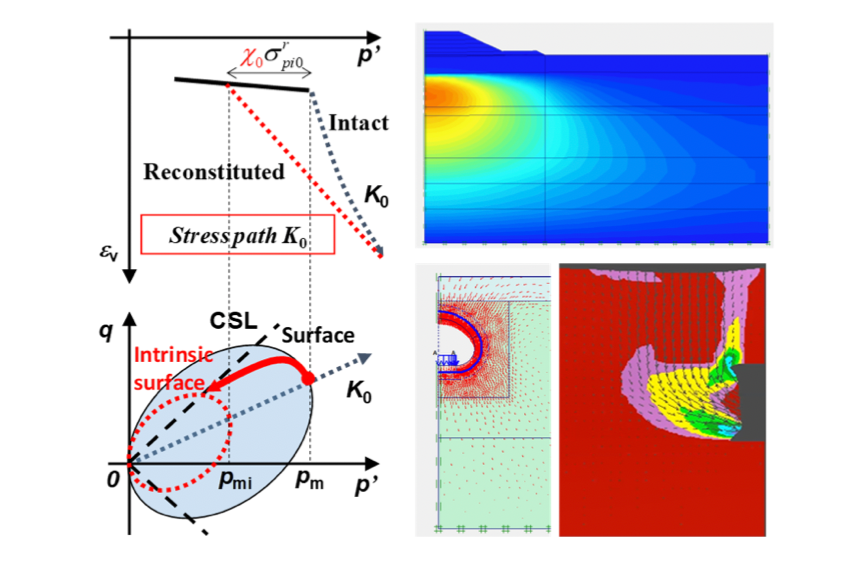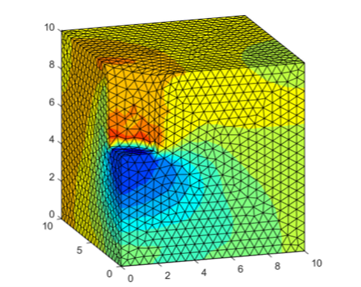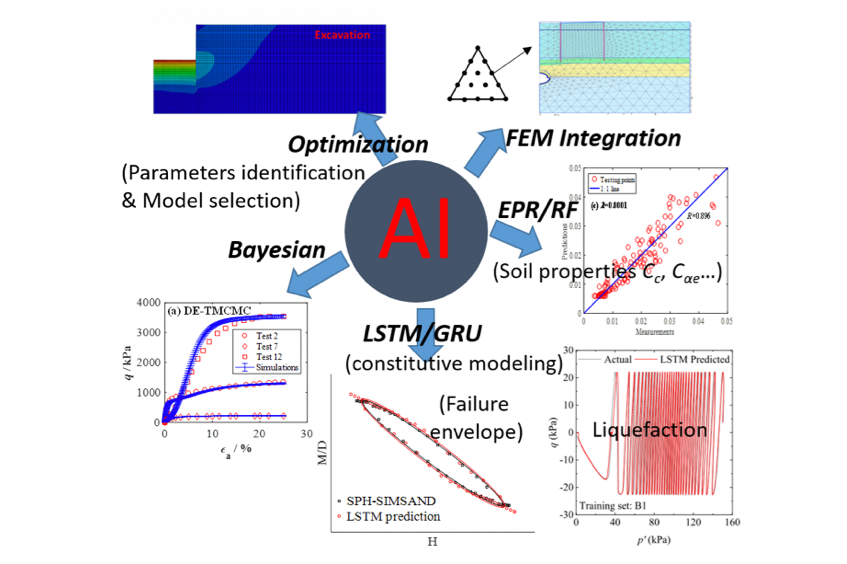Constitutive Modelling
The constitutive modelling of soils is a fundamental pillar of advanced geotechnical analysis, aiming to mathematically represent the complex and unique stress-strain behaviour of soil under various loading paths and drainage conditions. Unlike simpler engineering materials, soil exhibits a host of intricate characteristics including nonlinearity, inelasticity, pressure-dependence, dilatancy, path-dependency, time-dependency, and temperature-dependency, which cannot be captured by elementary elastic models. Constitutive models are therefore developed as sets of equations that define these relationships, ranging from relatively simple frameworks like Mohr-Coulomb to more sophisticated critical state-based models such as Cam-Clay and its modern descendants. The primary challenge lies in creating a model that is both realistically representative of the soil's observed behaviour and computationally efficient for practical application in numerical simulations. A well-calibrated constitutive model is crucial for predicting real-world geotechnical performance, enabling engineers to more accurately forecast settlements, assess stability, and understand failure mechanisms in geotechnical structures.




